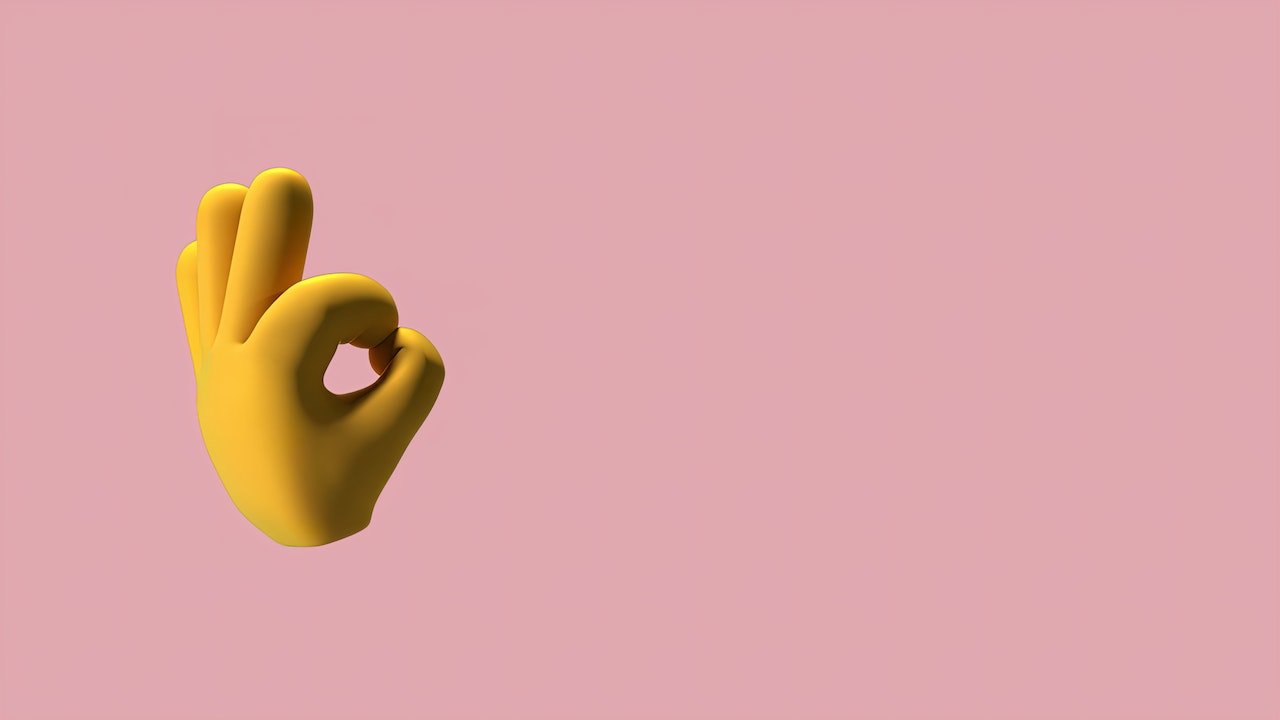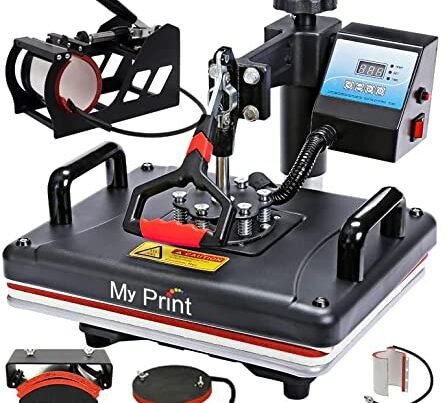What is Vector Graphics
Vector graphics are digital graphics that are created using mathematical equations instead of pixels. These graphics are composed of points, lines, and curves that are defined by their mathematical formulas, allowing them to be scaled to any size without losing quality. Unlike raster graphics, which are made up of individual pixels, vector graphics are resolution-independent and can be scaled up or down without any loss of detail or clarity.

There are several types of vector graphics, including:
- Line art: Line art consists of simple black-and-white shapes and is often used for illustrations, logos, and icons.
- Geometric shapes: These are basic shapes like squares, circles, and triangles, which can be combined to create more complex designs.
- Illustrations: These are detailed drawings that can include multiple colors and shades. They are often used for posters, book covers, and other print media.
- Charts and graphs: These are used to visualize data and can include bar charts, pie charts, and line graphs.
- Typography: Vector graphics can also be used to create typography, such as logos, lettering, and other text-based designs.
Vector graphics Vs raster images
Vector graphics and raster images are two different types of digital graphics images
Vector graphics are created using mathematical formulas to define points, lines, and curves, which allows them to be scaled up or down without losing quality. They are resolution-independent and can be resized without any loss of detail or clarity. Examples of vector graphic file formats include SVG, AI, and EPS.
Raster images, on the other hand, are made up of individual pixels that together create an image. Each pixel has a specific color and brightness, and the overall image is made up of a grid of these pixels. When a raster image is scaled up, the individual pixels become more visible, which can lead to a loss of quality. Examples of raster image file formats include JPG, PNG, and GIF.
The main difference between vector graphics and raster images is how they are created and stored. Vector graphics are created using mathematical formulas, while raster images are made up of pixels. This means that vector graphics can be resized without any loss of quality, while raster images can become pixelated when resized.
In general, vector graphics are best suited for designs that need to be resized frequently, such as logos, icons, and illustrations. Raster images are better suited for photographs and other designs that don’t need to be resized frequently.








